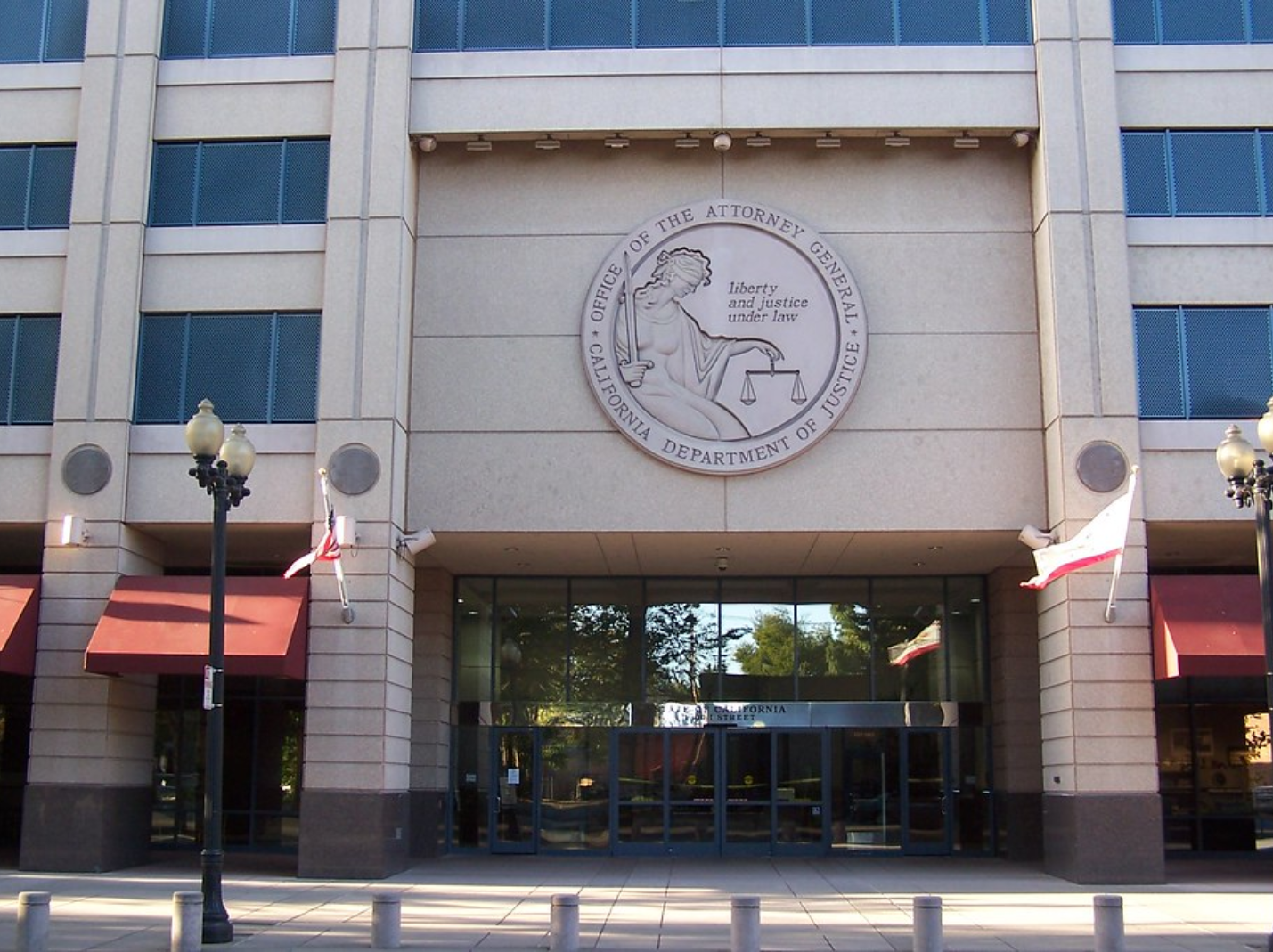
On March 19th, 2025, the Equal Employment Opportunity Commission (EEOC) and Department of Justice (DOJ) released guidance affirming that “diversity, equity, and inclusion” (DEI) related discrimination is unlawful, citing the landmark U.S. Supreme Court opinion Students for Fair Admissions v. President and Fellows of Harvard College (SFFA) as authority and support.
The guidance marked a decisive move back toward a plaintext reading of Title VII, the main federal ban on race discrimination in employment, where “DEI initiatives, policies, programs, or practices may be unlawful if they involve an employer or other covered entity taking an employment action motivated—in whole or in part—by an employee’s or applicant’s race, sex, or another protected characteristic.”
Notwithstanding this clearheaded guidance, however, DEI-based discrimination remains widespread.
The EEOC defines DEI-related discrimination as including any “employment action motivated—in whole or in part—by an employee’s or applicant’s race, sex, or another protected characteristic,” including hiring, firing, promotion, demotion, compensation, fringe benefits, exclusion from training, exclusion from mentoring or sponsorship programs, exclusion from fellowships, and selection for interviews, including placement on candidate slates.
[RELATED: The Damage from DEI Will Last a Generation. Eradicating It Is Still Essential]
In the years following the 2020 George Floyd riots, employers ramped up their “equity-based” hiring programs across sectors. “Equity” remains a central aim of hiring.
“Equity” conveys the intention by employers to engage in workforce “balancing” by race, sex, or other such traits—a practice explicitly deemed discriminatory by the EEOC.
For example, the University of New Mexico, the state’s sixth largest employer, explained: “the goal of the University’s recruitment and hiring process is to achieve an excellent workforce with representation and participation from all of the diverse sectors of our society.” And at Rutgers University, New Jersey’s fourth-largest non-governmental employer, “building a diverse faculty” is listed as the premier goal in its Faculty Hiring Manual.
Discriminatory practices are typically downstream from an employer’s need to fulfill “diversity” goals born out of the affirmative action planning process. In affirmative action planning, employers obtain the race and sex composition of their employees and outline “Action Oriented Programs” to correct for disparities. They then set “diversity” goals or objectives in institutional strategic plans, accompanied by race-based hiring methods, such as requiring pool diversity at different stages in the interview process.
One common and egregious policy is the use of search waivers, with names like “critical needs” and “target of opportunity,” which create a special hiring path for candidates of a desirable race or gender.
As Pennsylvania’s Lafayette College handbook explains, “In exceptional cases, a ‘target of opportunity’ recruitment program will facilitate the recruitment of candidates … likely to have an exceptional impact on the strategic goals of the College; these goals may include, but are not limited to, diversifying the Faculty.” At UC Berkeley, a Target of Excellence search waiver can be used if an applicant “makes exceptional or extraordinary contributions to diversity, equity, inclusion and belonging in research, teaching, or service.”
Alongside search waivers, run-of-the-mill, legacy, race-based affirmative action programs such as the President’s Postdoctoral Fellowship Program at the UC system or the Faculty Diversity Advancement Program at UC Boulder are still available on many campuses.
Indeed, hiring policy manuals still display race-preferential practices, and strategic plans herald racial hiring objectives. “Inclusive” hiring guides still encourage developing tactics—approaching race-based professional associations like the National Society of Black Physicists (NSBP) and the National Organization for the Professional Advancement of Black Chemists and Chemical Engineers (NOBCChE)—and graduate program directors at HBCUs and HSIs. Colleges such as Lafayette still charge hiring committees with “making sure that gender diverse candidates and candidates from historically underrepresented groups are sought actively through advertising and other recruiting.”
All of these practices flout the United States Supreme Court SFFA opinion and are therefore illegal. As the Court insisted, “Eliminating racial discrimination means eliminating all of it.”
[RELATED: Resistance to Trump’s Orders Sows Doubt About Reform]
There are, however, reasons for hope.
Following SFFA, a civil rights group called American Alliance for Equal Rights filed 18 lawsuits against companies and institutions that use racial preferences in contracting, benefits, fellowships, and employment, 14 of which have settled favorably. The Equal Protection Project, likewise, has filed over 40 cases. What’s more, a new civil rights membership organization, Americans for Equal Opportunity (AEO), announced it has filed a formal Charge of Discrimination with the U.S. Equal Employment Opportunity Commission (EEOC) against Sponsors for Educational Opportunity (SEO) and 44 of the nation’s largest law firms.
These complaints and lawsuits lay the groundwork for full investigations by enforcement agencies such as the EEOC and DOJ. As with desegregation, federal agencies will no doubt play an outsized role in enforcing prohibitions on racial preferences as obvious violations of federal civil rights law.
More recently, the DOJ issued a strong anti-DEI letter dated July 29, which counselled employers to avoid race-based practices in hiring, such as demographic-driven criteria, in favor of universally applicable criteria.
Ideally, state governments and institutions will follow DOJ’s lead.
As of today, twenty-eight states have laws requiring employers to engage in affirmative action planning. State attorneys general should take the lead in scrutinizing these laws and the race-based programs they’ve spawned, in light of SFFA. Examples include: American Medical Association Underrepresented in Medicine Award; Pennsylvania Minority Business Development Authority (PMBDA); Philadelphia Housing Development Corporation Minority Developer Program; Tampa Equal Business Opportunity (EBO) Program; New York State Minority and Women’s Business Development Certification; Springfield Minority Business Institute; Ohio Department of Development Minority Development Financing Advisory Board; Baton Rouge Area Chamber Growth Lab Accelerator; New Belgium Brewing BIPOC Market; OutsidePR Justice, Equality, Diversity, Inclusion and Accessibility+ (JEDIA+) Public Relations program; Black Girls Hike; Special Blend Gravel Inclusion Scholarship; 2025 Wading For Change BIPOC Filmmakers Grant; Diverse Erie Generational Impact Investments.
The programs above, run by professional associations, non-profits, for-profits, and governments at every level, all violate the new EEOC anti-DEI discrimination guidance. Until smaller bodies, from the Texas Workforce Commission to the Alaska Commission for Human Rights, start investigating programs such as these, race-based discrimination will remain the norm among employers.
Ending DEI-based discrimination will come through numerous small acts of courage, assertions by employees of wrongdoing by employers, as well as legal battles and adoption by enforcement agencies. Individuals who will not sit idly by while discrimination continues in their institutions have several options.
[RELATED: Japanese Universities Are Importing DEI, Female Quotas in STEM]
First off, engage remedial pathways within your institution, as Stanley K. Ridgley suggests in DEI Exposed: How the Biggest Con of the Century Almost Toppled Higher Education, by filing an internal civil rights complaint. Or, directly inform your Office of Legal Counsel about the specific program or policy that you believe to be in violation of the recent federal guidelines on race-based discrimination.
But suppose this does not produce an administrative response. In that case, there are several ways the concerns can be elevated outside the institution. You can directly file a civil rights complaint with the Department of Education Office of Civil Rights. You can go public with your story, submitting a story to the National Association of Scholars’s Minding the Campus to get the word out about your DEI discrimination experience.
Different remedial measures pose different considerations for the aggrieved. If you are unsure if this is the right course of action, advocacy organizations that deal with DEI discrimination, such as the American Alliance for Equal Rights, Americans for Equal Opportunity, or Equal Protection Project, might be able to help.
Whatever the course, individuals should feel empowered to pursue claims of DEI discrimination, as federal agencies, as well as private litigation, are advancing SFFA’s enforcement.
Follow Louis Galarowicz on X.
Image: “Office of the Attorney General – California Department of Justice” by J. Stephen Conn on Flickr

It’s going to take the Federal Government suing a state government to end this.
The 14th Amd has an exception to the 10th & 11th Amendments and sovereign immunity.
With all due respect to the author, internal complaints and to state agencies are worse than useless, all you will accomplish is destroying your own future — I speak from experience here.